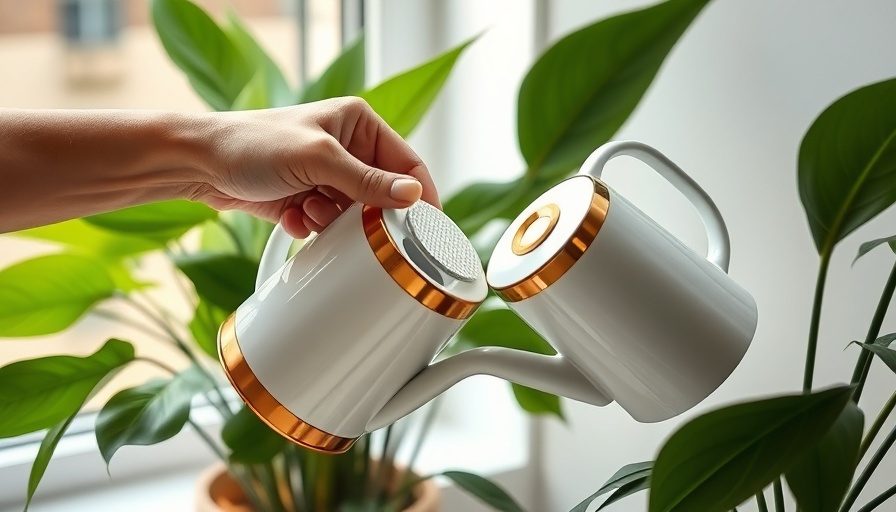
Tap Water vs. Rainwater: What Every Plant Parent Should Know
When caring for your indoor oasis, recreating a natural habitat is paramount. This raises an important question: is tap water the best choice for your beloved plants? While it might be convenient, the nuances surrounding water quality can significantly impact plant health.
The Science Behind Tap Water and Plant Health
Tap water is often treated to ensure safety for human consumption; however, it frequently contains higher levels of salts and minerals compared to the pristine nature of rainwater. For many plants, particularly those sensitive to these additives, tap water can lead to complications over time, causing symptoms that mimic other issues like over-fertilization or underwatering.
Identifying the Symptoms of Mineral Buildup
Plants like the birds of paradise or peace lilies are notably susceptible to the salt and mineral concentrations found in some municipal water supplies. If your plant displays yellowing leaves, browning tips, or chalky residue on the soil, this could indicate mineral buildup. Regular monitoring is crucial for a healthy plant environment.
Simple Solutions for Happy Plants
For those grappling with the consequences of using tap water, there’s good news! Flushing your plants with distilled water can effectively cleanse the soil of excess minerals. Furthermore, establishing a routine of regularly assessing your water quality and switching to alternatives—like distilled or rainwater—can preserve your plant’s vitality.
Conclusion: Cultivating a Greener Home Environment
Understanding the relationship between your watering practices and plant health is essential for any enthusiastic plant parent. Whether you choose to stick with tap water or seek out alternatives, the goal remains the same: creating a thriving, green oasis in your home.
 Add Row
Add Row  Add
Add 




Write A Comment